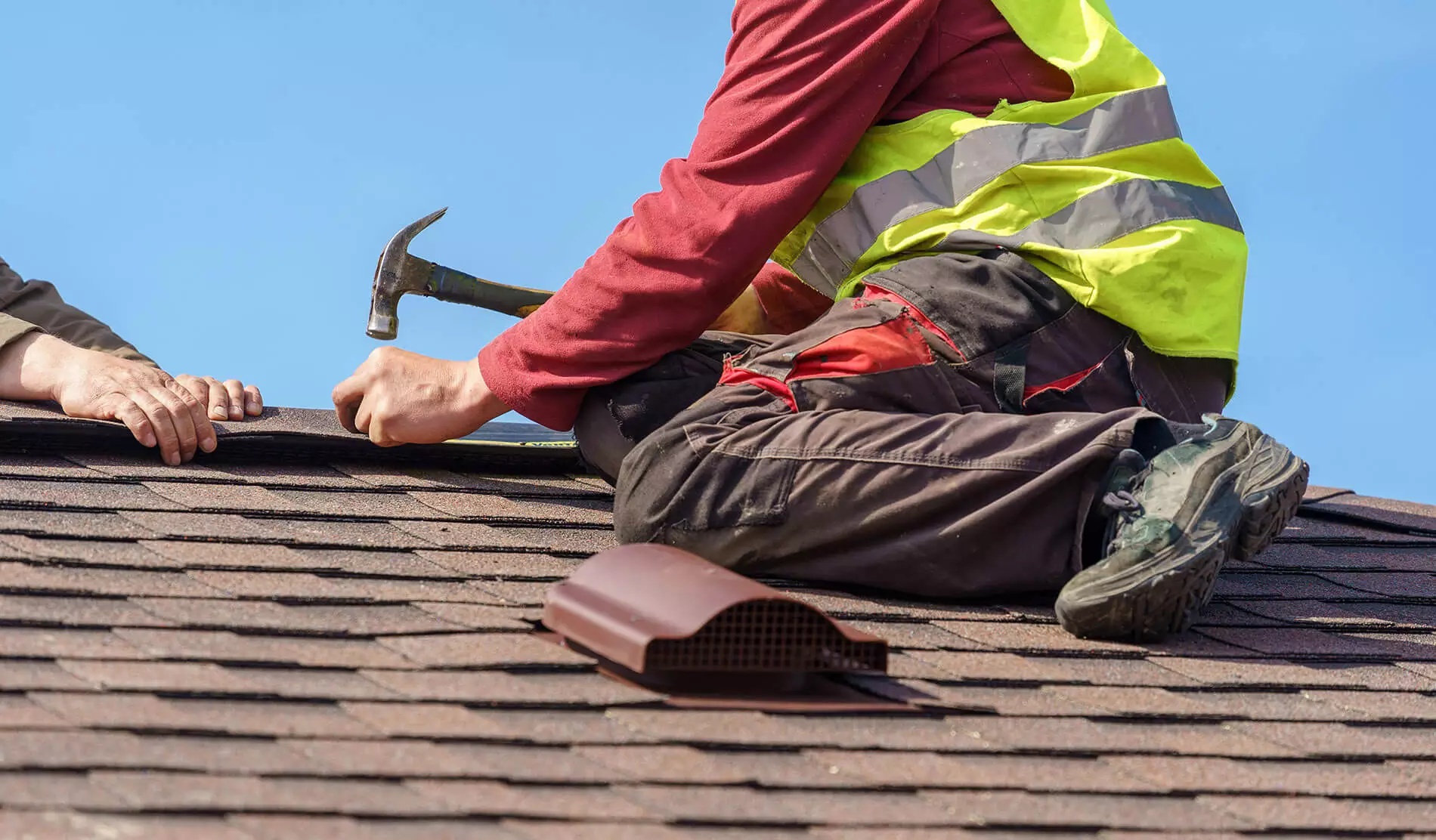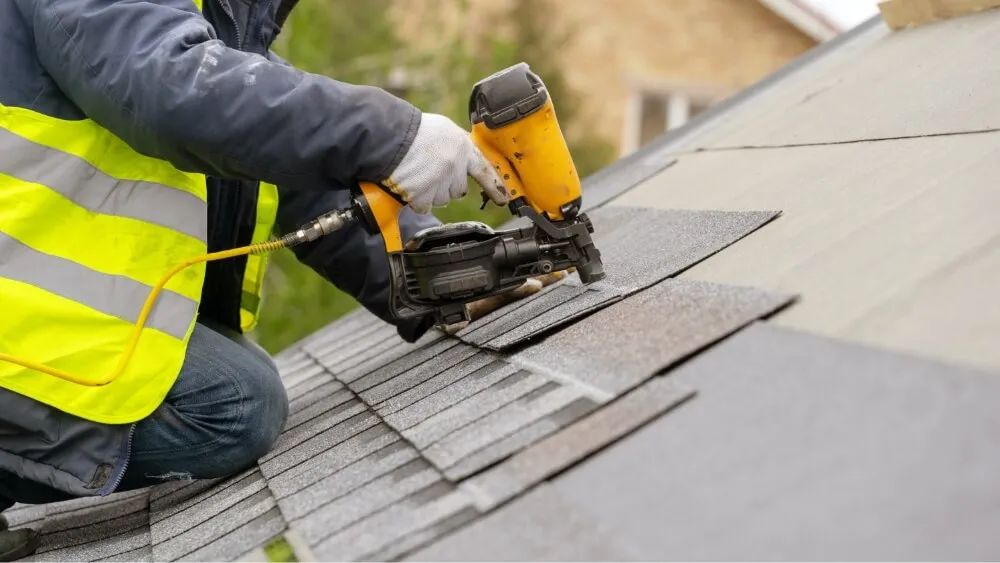Just How to Examine Various Roofing Options for Your Structure Requirements
Evaluating roof covering choices for your structure requires a thorough approach that thinks about various variables such as the planned use of the structure, regional environment problems, and material qualities - Roofer. It is vital to consider the benefits and downsides of various roofing kinds, from asphalt roof shingles to steel and clay ceramic tiles, while likewise factoring in initial costs and long-lasting upkeep.
Analyzing Your Building's Needs
To successfully evaluate roof covering options, start by thoroughly examining your building's demands. Beginning by considering the structure's intended usage, as different structures may necessitate varying roofing specs. Property roof coverings often prioritize visual appeals and insulation, while industrial buildings may focus on resilience and load-bearing capability.
Next, review the local climate conditions that will certainly affect roof performance. Elements such as temperature fluctuations, rainfall degrees, and wind patterns can influence material selection and style. A roof that masters a pleasant climate may not carry out also in areas vulnerable to heavy snowfall or extreme warmth.
In addition, examine the structural stability of your building. Make certain that the existing framework can sustain the selected roofing products, especially if taking into consideration much heavier options. It is additionally important to review any kind of local building regulations or policies that might determine specific demands for roof.

Contrasting Roofing Materials
Once a comprehensive analysis of your structure's requirements has been finished, the following action includes comparing different roofing materials. Each material uses distinctive benefits and disadvantages, making it necessary to align your choice with your details needs and circumstances.
Asphalt tiles are extensively acknowledged for their price and convenience of installment, making them a prominent alternative for residential buildings. On the other hand, metal roof covering, known for its toughness and long life, can withstand severe weather yet might include a higher preliminary investment.
Clay and concrete tiles offer exceptional thermal insulation and aesthetic allure, particularly for Mediterranean-style style, yet they call for a more durable structural assistance as a result of their weight. Timber shakes deal a natural look and excellent insulation properties however may require a lot more upkeep and are susceptible to fire hazards.
Reviewing Cost and Budget
Evaluating your roofing alternatives demands a cautious examination of cost and budget plan considerations. The total allocate a roof covering task makes up a number of factors, consisting of product prices, labor expenditures, maintenance, and prospective long-lasting financial savings. It is important to establish a clear spending plan before exploring specific roof products, as this will certainly assist the decision-making procedure and assist you stay clear of overspending.
Begin by getting quotes from several specialists to recognize labor costs in your area. Make sure that these quotes include all essential services, such as elimination of the old roof, setup, and any kind of additional attributes, like insulation or air flow improvements - Perrysburg Roofer. Next, examine the cost of various roof products, thinking about both preliminary installation costs and expected lifespan

Understanding Power Efficiency
Power performance plays a vital role in the choice of roof covering materials and systems, significantly impacting both power intake and overall comfort within a structure. A well-chosen i was reading this roofing can boost thermal efficiency, decreasing the requirement for heating and cooling down systems, which in turn lowers energy costs and reduces ecological impact.
When examining roofing choices, consider products that show instead of absorb heat. Light-colored or reflective roofing products can significantly reduce roofing surface temperature levels, resulting in lower energy usage during hot months. Furthermore, appropriate insulation and ventilation are necessary to maximize the power effectiveness of the entire roof covering system. Insulation avoids warm transfer, while ventilation minimizes heat buildup in the attic room room.
One more important variable is the roof's long life and upkeep requirements. Sturdy products that need less constant replacement add to long-term energy cost savings. Furthermore, the energy efficiency of a roof covering system can also be evaluated via its compliance with recognized sustainability ratings such as ENERGY CELEBRITY or LEED.
Thinking About Aesthetic Allure
A roof covering's visual appeal considerably influences the total appearance of a building, enhancing its building design and boosting visual appeal. Perrysburg Roofer. When assessing roof covering options, it is essential to consider how the picked product, shade, and layout will certainly balance with the existing framework and community. A well-designed roof can elevate also the easiest of buildings, changing them into visual centerpieces
Various roof products offer numerous visual qualities. Standard tiles might stimulate a timeless appeal, while metal roof covering can pass on a contemporary, sleek look. Additionally, the color of the roof covering product plays a vital function; lighter shades can make a building appear even more spacious, while darker tones might produce a cozier atmosphere.
Moreover, building components, such as dormers and eaves, can improve the roofing system's visual effect. It is suggested to speak with expert developers or engineers to make sure the chosen Our site roof choice lines up with the overall style intent. Ultimately, a roofing needs to not just supply practical advantages however also add positively to the building's visual, reflecting the proprietor's preference and the personality of the surrounding setting.
Conclusion
